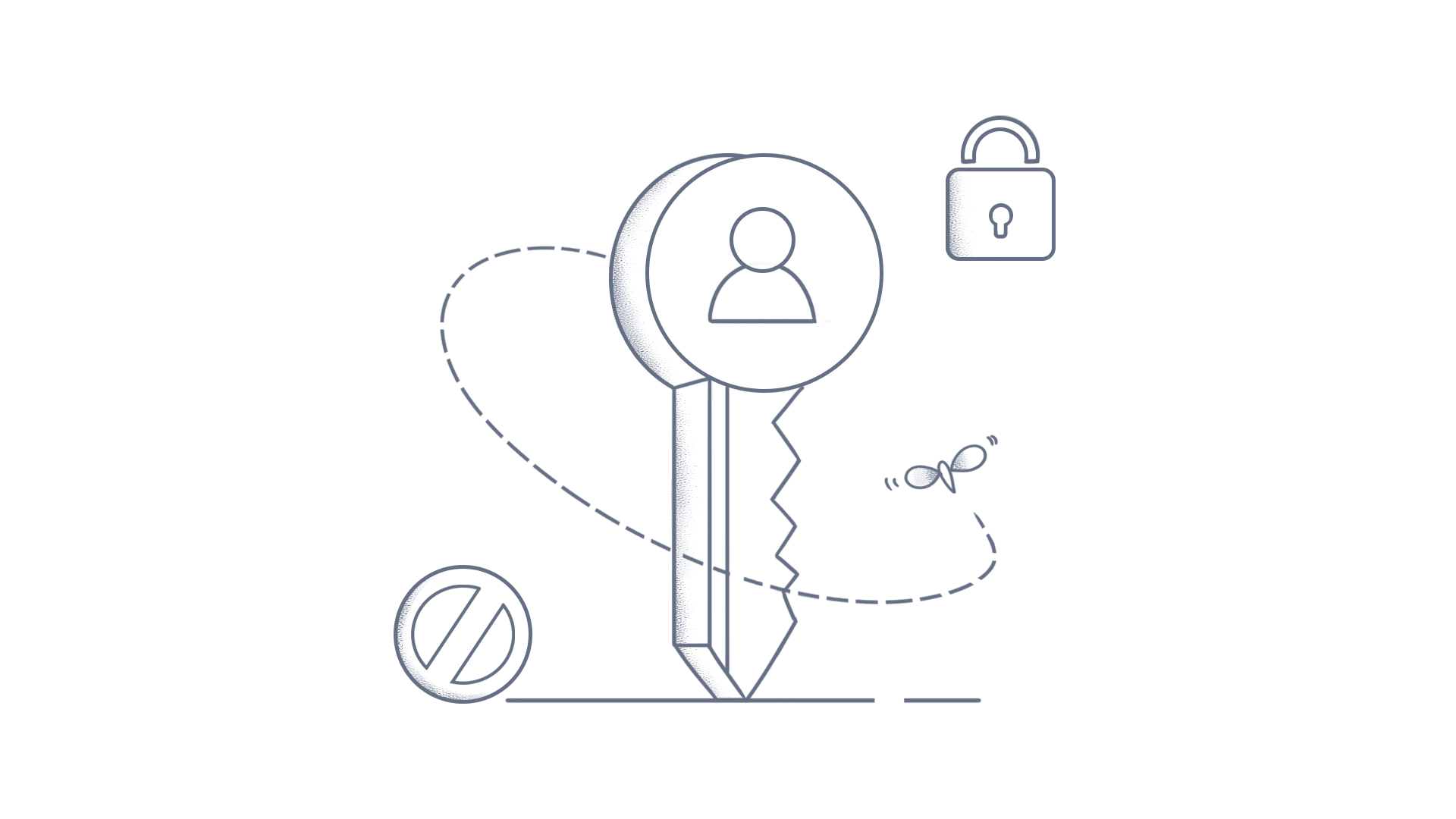Amenities with VISTA Attributes and Formats
Theater Toolkit can read your attributes and formats from your films to designate and group them on the website as amenities. Amenities can be setup several ways, but below we describe how to use the attributes and formats inside VISTA.
Attributes and Formats
Attributes and Formats in Vista can be created in either the Back Office or Head Office. If your circuit is running Head Office, both attributes and formats should be created there as it is much easier to maintain and control.
Of the two the first that needs to be created are the Attributes.
In the top half of the form the basic information of the attribute needs to be filled in:
Description – Full name of the attribute
Alternate Language – If the attribute will display in a different language other than the base language.
Short Name – This is what will display on most signage and other display areas (Website, App, Kiosk, POS).
Type – It is important to have both the CONCEPT and SESSION types selected. This will allow the attribute to appear.
Icon Name – This is the name of the associated image. In the example above the name of the Icon Image being used is 3D.png or 3D.jpeg.
Editing at Cinema – This setting determines if the attribute can be edited at the cinema level if the attribute is being created in Head Office.
Inherit to Screen – Keep this boxed check so that the attribute can be associated to the screen that the film is being played in as well as the film.
Marketing Message – Text giving a full description of the attribute that can be pulled and displayed for marketing purposes.
Sales Channels – This section determines which sales channels that the attribute will be available. It is common to have this selected to be all.
Applications - Like Sales Channels this will determine which applications will show the attribute. (Troubleshooting Tip: if an attribute is not appearing in an area that is desired this is a spot to check first.)
Once the attribute has been saved take note of the “Code” column. This code may be used with your signage, or any other extracts that will need to have the attribute listed.
Formats – A good way to understand formats are that all Formats are Attributes, however not all Attributes are Formats. This means that you can have an attribute that is informational such as “Recliner Seats” that will display next to a screen or film. This would be an attribute but not a Format. Where as the attribute of “3D” is both a format that a film will be shown in as well as an attribute.
Name – Name of format
Alternate Language - If the format will display in a different language other than the base language
Short Name - This is what will display on most signage and other display areas (Website, App, Kiosk, POS).
Default Session Type – Digital, Film, 70mm, etc.
Attributes – This is where you will map the attribute to the format that is being created.
Default Movie Format – Check if this is the default format for films that are created in Vista.
Digital Format – Check the box if the format is digital and not film (almost always checked as default)
Once they are filled in and saved the formats can be used when setting up films in showtime manager. When both the Format and the Attribute are associated with a scheduled film they will appear in the given extracts (signage, Webloader, etc.) and appear where required.
Here is where Formats are set in Showtime Manager:
Here is where Attributes are set in Showtime Manager:
When changes are made to the attributes and formats there is an internal process that publishes the changes using Webloader to the API feed for Theater Toolkit. The webloader in VISTA should be set to run on a schedule. Usually updating every 15 to 30 minutes depending on how it is set, although we have seen some customers with settings much longer. We recommend just letting this run. However, if you have an impatient cinema manager, marketing, or upper management, then you can manually run the webloader in the vista scheduler which will load the changes right away.
